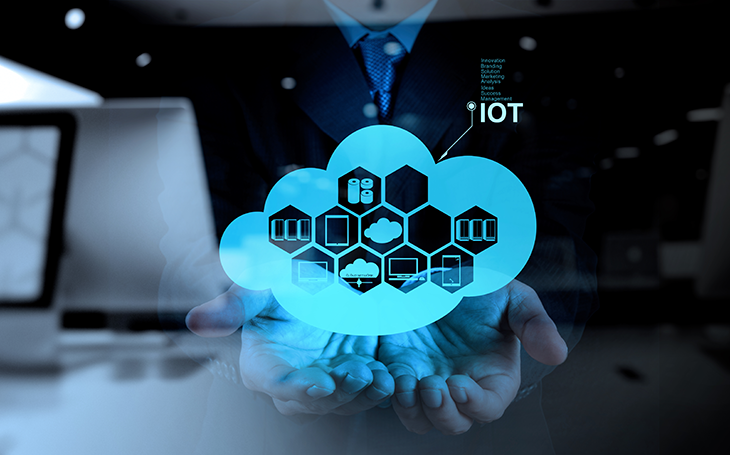
Use IoT in your office
For two decades, you´ve got used to handling and managing the Internet in your home and at work through a browser.
But the latest buzzword in the world of technology is about to change all of that. IoT, or the Internet of Things, doesn´t need any browser, and instead connects your electronic devices directly with apps and servers.
As the world of business comes to do away with clunky browsers, day by day and hour by hour, offices all over the world are getting smarter.
And it's happening at an exponential rate. The number of devices classified under the term Internet of Things is forecasted to almost triple in the next four years - creating new and exciting opportunities for your office and its connection to the web.
That brings us to the question that your business needs to be asking: how and does your office plan to use and handle this explosive development of data communications?
For the first companies which have created Omni Channel IoT strategies, the potential seems enormous. In the years to come Internet of Things will aim to develop into a higher plane of social interaction and productivity between colleagues, meaning that businesses work even more closely and collaborate smarter.
In a physical sense, the Internet of Things is a huge collection of physical objects connected through an online network - smartphones, smart TVs, monitoring implants, fitness bracelets, cars with built-in Bluetooth tracking sensors, home thermostats, and pretty much anything the tech whizzes in Silicon Valley can think of.
There is a huge amount of commercial value in startup technology - the Internet of Things means that companies on the other side of the world can revolutionize your way of doing business by subsuming you into the interconnected business world.
An example of IoT perhaps already established in your office is the Google-owned intelligent Nest thermostat, which - when connected to the network - adapts to the temperatures you like, turns itself down when you're away, and has remote control through Wi-Fi.
Beacon technology exposes a variety of other amazing examples. A beacon is a kind of mini-GPS that can measure the distance indoors between your phone and itself. It doesn´t even need an internet connection, but is instead powered by Bluetooth Low Energy.
Beacons can be used to track the movements of people in a room - for instance to automatically turn lights to a specific preset when you enter your office.
Perhaps less surprisingly, American supermarkets were among the first retailers to use beacons in their stores, to offer shoppers special incentives via their phones.
The technology has also been applied by companies in the hotel and airline sectors, and by real estate property management firms using sensor-equipped items to better understand the daily needs of its tenants, both in the residential and commercial environment.
The intelligent workplace
During recent years IoT waves have also been striking and embracing your own office, daily workplace - your professional life at large.
Here are a few maybe already well known examples of how greater connectivity between the items and objects in your business center - printers, lights, even office doors - can improve office management and your work life:
● Everyday lighting
Motion detectors dim lights when the office is vacant, helping to save power and energy. This can also be applied to window blinds, heating, and natural ventilation. With a smart lock, you can link the lights to turn on when the door opens.
● Climate control
Program your office's thermostats for the nights and weekends, so you're not air-conditioning or heating empty cubicles.
● Security Cameras
Networked cameras on building and office doors - if a user attempts to enter without approved access - send images to the operator’s smartphone allowing you to see who's approaching and leaving your front door or other sensitive spaces, like your server room etc.
● Real-time tracking
Real-time tracking capabilities, such as ´recognising´ clients as they walk through the door, enable operators to know how much time specific users spend in their space and helps coworking operators to better understand their most valuable clients.
● Locks
Do never again worry about losing your keys or rushing to change your locks when an employee leaves abruptly - just update your key codes on your smartphone.
● Sensitive planters
Wireless monitors communicate with your smartphone when your office plants need water, fertilizer, or sunlight.
● Conference room reservations
Software enabling to automate conference room reservations. Entering a meeting room it recognize your phone and book the room on the spot and tee up your PowerPoint presentation on a projector etc..
● Parking sensors
Parking sensors guide your business guests through a smartphone app or car navigation panel to the nearest available spot on your location.
Read more about Internet of Things entering your office:
The connected office: What does IoT mean for workplace
Officingtoday.com: How to Get Smart in the Internet of Things
Iotonlinestore.com: The Internet of Things: What it is and why you should care
Business.com: How the Internet of Things Will Effect the Digitally-Connected Business


